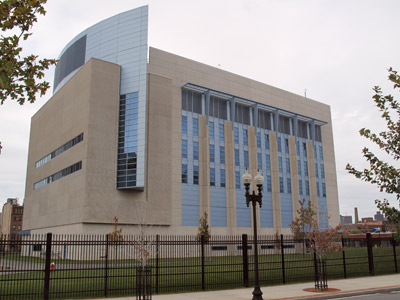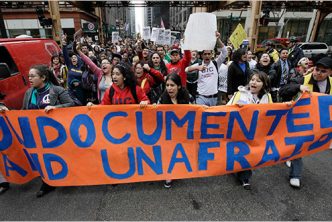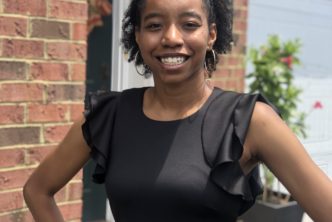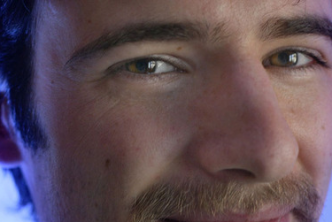In 2002, following the September 11th attacks and the anthrax letters, the United States allocated money to build two maximum containment biology labs. Called Biosafety Level 4 (BSL-4) facilities, these labs were built to research new vaccines, diagnostics, and treatments for emerging infectious diseases, potential biological weapons, and to contribute to the nation’s biodefense. These labs were not the first dramatic reaction to the threat of biowarfare and are in fact, one product of a long history of the country’s contentious relationship with biological weapons. Of the two labs created, Boston University Medical Center’s National Infectious and Emerging Disease Laboratories (NEIDL) has remained the more controversial given the urban community it resides in. However, increasingly the mandate of these labs has been expanded from biodefense to all infectious disease, regardless of their potential probability for use as a weapon. These include looking at pathogens that could potentially cause a pandemic like SARS, ebola, or smallpox. The repurposing of these labs could make them an invaluable contributor to the United States public health system.
Maximum Containment: The Most Controversial Labs in the World

The repurposing of these labs could make them an invaluable contributor to the United States public health system.




